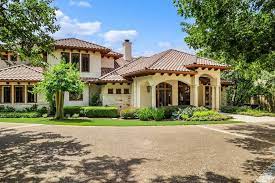In the age of quick growth and broadening urbanization, the construction of fences (ploty) has come about being a vital factor for reinforcing system with ecological dependability. As societies seek to protected residence boundaries, shield natural habitats, and manage territory use, the adoption of lasting fencing techniques is becoming paramount in mitigating ecological affects although conference social needs.
Central to the idea of sustainable fencing is the reputation that conventional strategies can inadvertently cause harm to ecosystems. Conventional materials like dealt with timber or galvanized steel, while durable, may leach hazardous chemical compounds in to the soil or waterways, posing risks to animals and individual overall health. In addition, the indiscriminate location of fences can fragment environments, interrupt wildlife corridors, and impede natural activity of types.
To address these challenges, lasting fencing draws attentions to using eco-helpful materials and design strategies that minimize environmental hurt. Bamboo, by way of example, has gained popularity being a renewable replacement for classic hardwood fencing, boasting fast growth charges and small environmental footprint. Likewise, reused plastic composites offer you toughness without the ecological disadvantages of virgin plastic materials or aluminum alloys.
Moreover, ideal positioning and innovative layout capabilities can boost the ecological functionality of fences. By incorporating wild animals passages, including culverts or step ladder-like buildings, fences can assist in the movements of wildlife across fragmented landscapes, promoting hereditary connectivity and species strength. Similarly, permeable barriers permit the passage of modest mammals, amphibians, and advantageous bugs whilst still sustaining stability objectives.
In gardening contexts, lasting fencing practices line-up with principles of regenerative land management. Electrical fencing, for example, makes it possible for accommodating rotational grazing techniques that mimic normal grazing styles, endorsing dirt overall health, biodiversity, and carbon sequestration. Furthermore, adding dwelling fences comprised of native shrubs or grasses boosts environment connectivity and offers ecosystem solutions such as deterioration control and wildlife environment.
By adopting environmentally friendly fencing remedies, facilities tasks can harmonize man needs with environmental imperatives, fostering tough scenery for generations to come. By way of development, alliance, as well as a dedication to stewardship, we are able to create boundaries which not only shield house and also sustain the rich tapestry of lifestyle on our planet.



